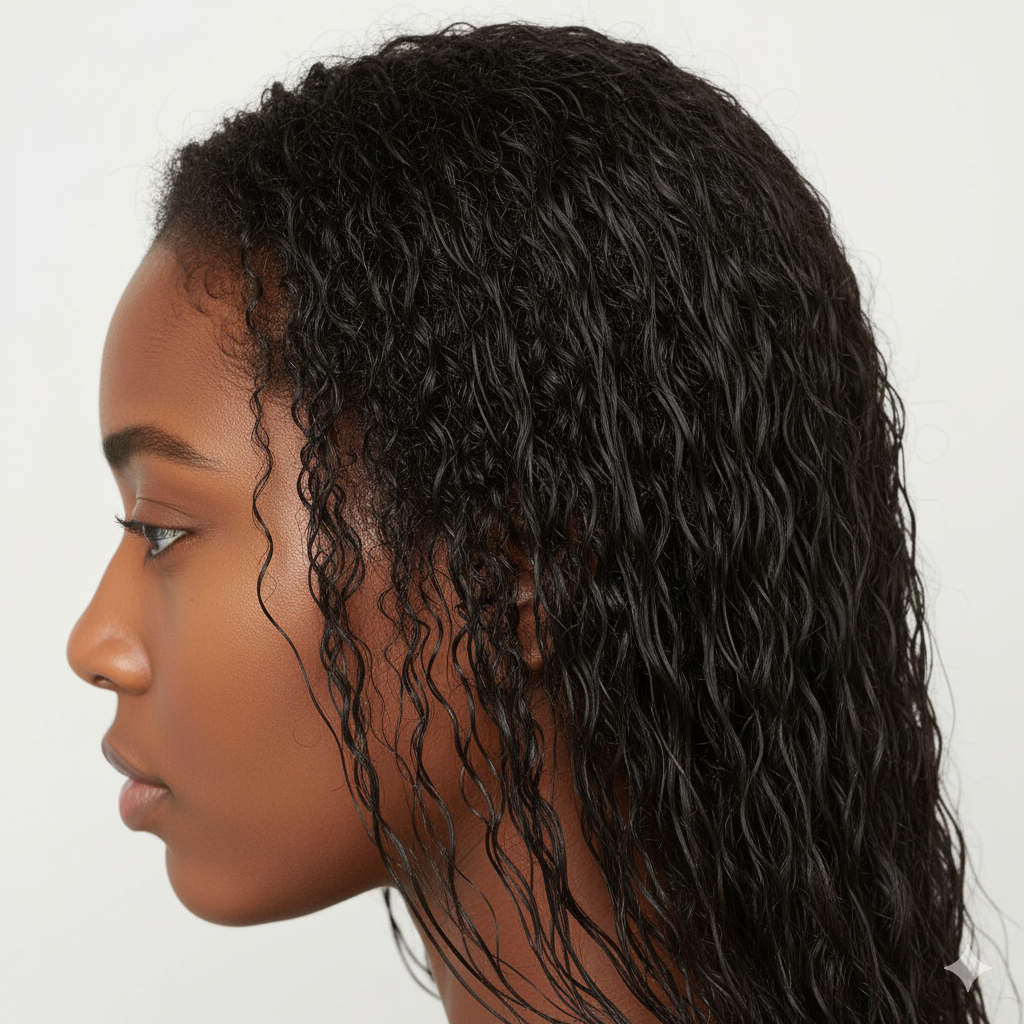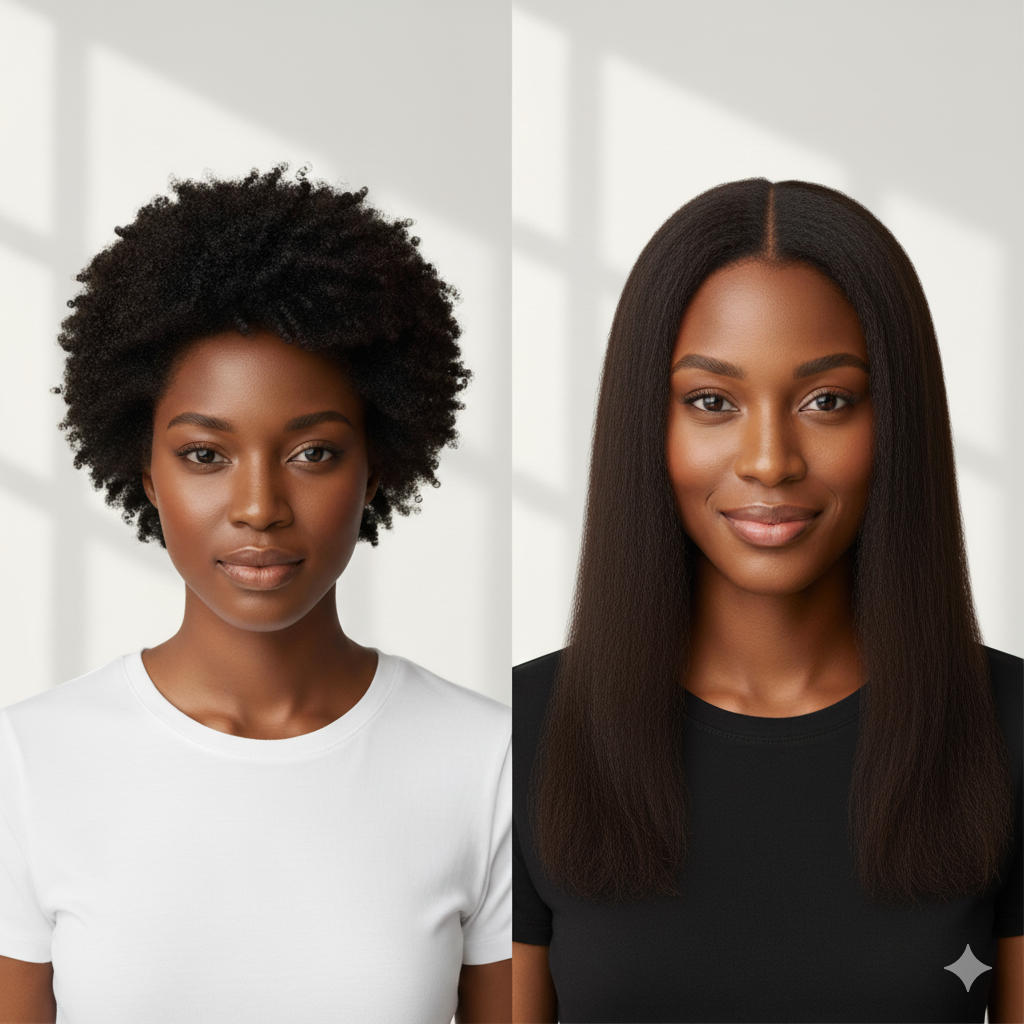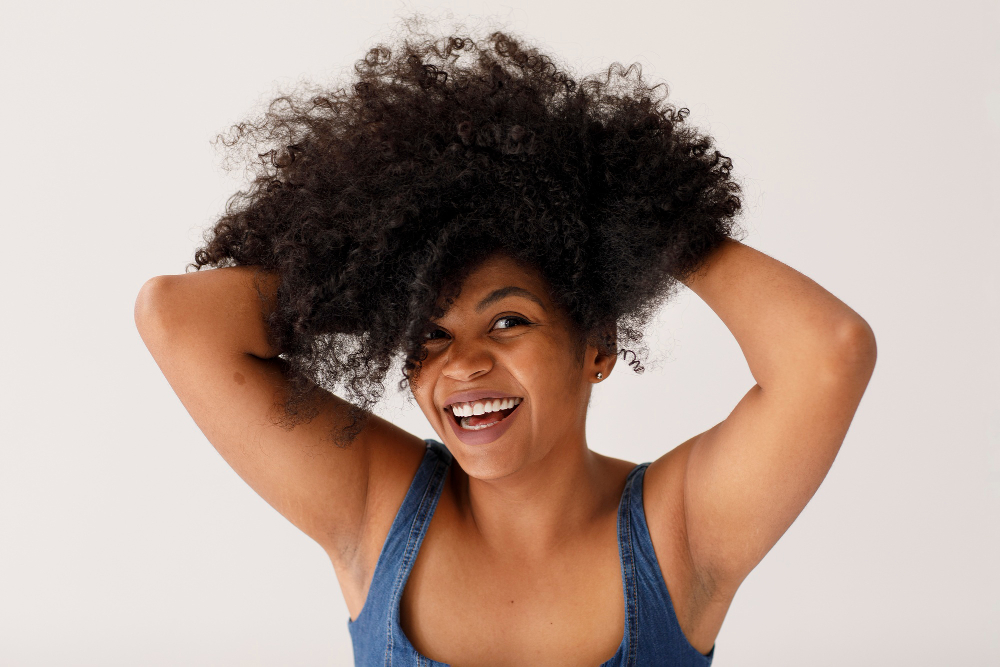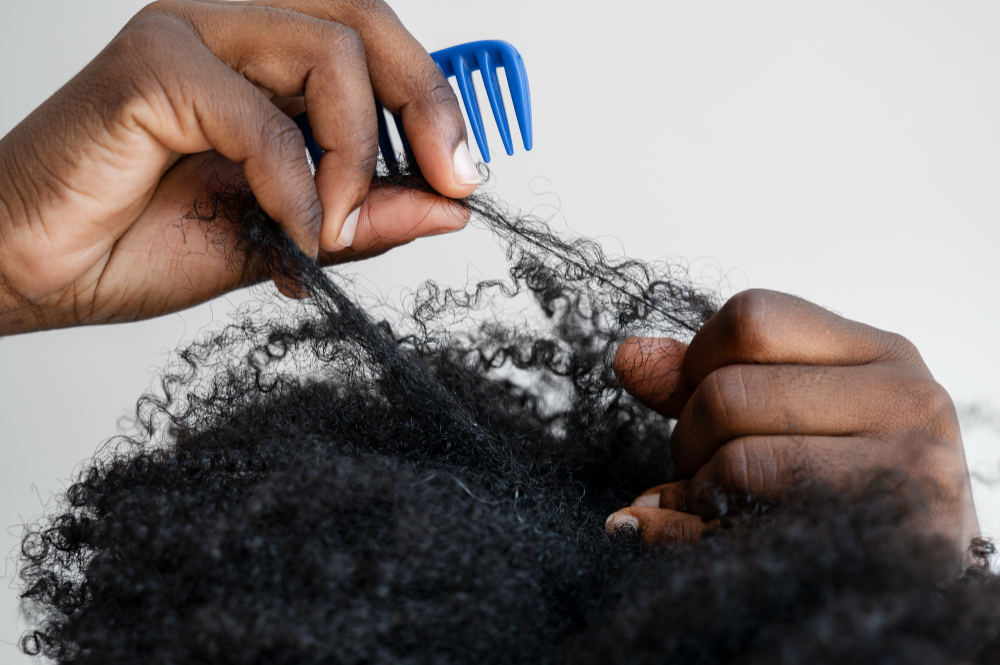Trending Article · 13 mins read
A Guide to Natural Hair Typing
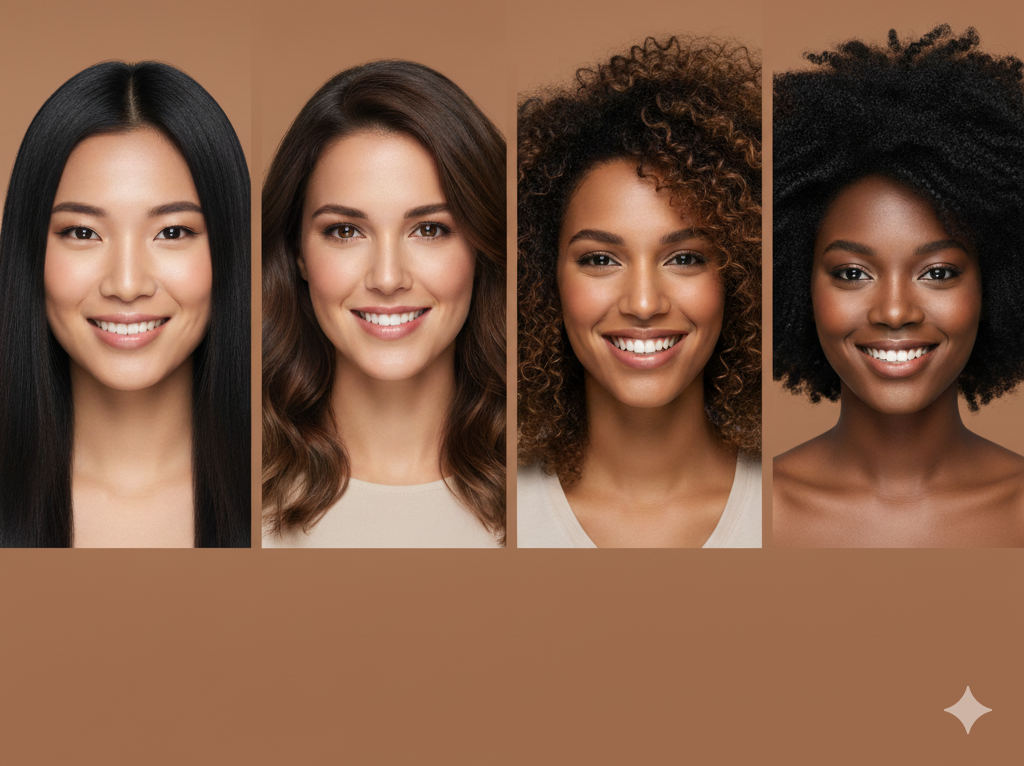
“Type 4 hair, Type 4a, b, c, Type 3 hair”, that's a lot of types. Who came up with the natural hair typing? What are they? Are they even important?
In this article we'll discuss all you need to know about natural hair typing.
What is Natural Hair Typing?
The natural hair typing also known as natural hair classification is the arrangement of different hair types into categories and subgroups majorly based on their look and texture.
A popular natural hair typing method is the Andre Walker typing system. What is it?
What is the Andre Walker Natural Hair Typing System?
Andre Walker was a hair stylist to African-American celebrities - Oprah Winfrey, Halle Berry and Michelle Obama. His hair classification system is based on hair texture and thickness as explained in his book.
Andre's classification of hair was originally created to market his line of products, but it was adopted as a hair classification system.
What are the hair types based on this system?
Hair Typing Based on Andre Walker’s System
The initial Andre Walker system classified hair from 1a-4b. Based on existing information and our research, it's said that people had a problem with the typing system because it didn't originally include the 4c type, and it made type 4 hair seem inferior to other hair types (Andre Walker denied the claims)
The system is also criticized for omitting the variation that comes with density, scalp types and the fact that hair type can vary on different parts of the head.
Eventually, all existing hair types were added to the system.
The Existing Natural Hair Types
Type 1- The straight hair
Type 1 hair is the bone straight hair. It doesn't curl. Its hair structure makes sebum distribution even from the scalp to the strands, so it's mostly oily.
This hair type has a natural sheen and allure. It's less damage prone and quite resilient.
It's broken down into:
1a- fine straight
1b- medium straight (has more volume)
1c- coarse straight
Type 2- The wavy hair
This hair type is in-between straight and curly in its hair properties.
It has some definition, it tends to be frizzy and sometimes it can be hard to style.
Its subcategories are:
2a- loose, stretched S-waves
2b- shorter, more defined S-waves
2c- wide waves with spiral curls
Type 3- The curly hair
Type 3 hair looks like the letter “S” or “Z”. It usually has more volume and defined patterns and combined texture.
Type 3 hair is prone to frizz and hair damage so it requires proper care.
Its subcategories are:
3a- big loose spiral curls
3b- bouncy ringlet with medium space between curls
3c- tight corkscrew curls
Type 4- The kinky coily hair
Type 4 hair is tightly coiled hair. It generally shrinks when wet, due to its structure of less cuticle layers.
It's also fragile and prone to damage easily. Its hair pattern is tightly coiled with an O- shaped or tight Z-shaped pattern.
Subcategories include:
4a- coily, tight, defined O-shaped pattern
4b- tightly coiled, Z-shaped pattern less defined kink.
4c- very tight coiled, O-shaped pattern. Almost no defined kink pattern unless viewed up close.
Now, it's important to note that while some people have one hair type all through their hair, others might have a mixture of different types at different points on their head.
The key to know which hair type you have is to watch for your hair patterns based on the hair typing system.
But why is this information necessary? Why is hair typing important?
The Pros of Hair Typing
While some naturals have reservations regarding hair typing, realistically, it doesn't erase the advantages it brings. Some of which are:
- Hair products can be made specifically for a hair type. We understand not every product works the same way for everyone with similar hair type but, with hair typing there is a guide that'll work for most.
- Hair typing may make creating hair regimens easier. With hair typing, similar hair categories can use a hair regimen; while it may not work for everyone, it can work for most.
- New naturals can use the hair typing system as a start point to understand basic characteristics about their hair.
So, even if location and weather might cause variations in the effect of products on similar hair types, the hair typing system gives a guide that can be improved on to fit individual use.
Cons of Hair Typing
- Inaccuracy and oversimplification of hair characteristics. Imagine a natural girlie who has multiple hair types on her head; she could have 4c hair at the back, a blend of 4b in the middle and in front. With the hair typing system, classifying her hair would be difficult. Not to mention, choosing a product based on one hair type may lead to poor results.
- Texturism and favouritism of one hair type over the other. It's no news that most people, even in the black community, might favour looser curl patterns to tightly coiled hair. Some describe it as "difficult to manage" and they avoid wearing their hair in its natural state or wear it straightened.
- Division in hair communities. Girlies with specific hair types may feel alienated in certain communities. Some hair types may seem more readily acceptable as opposed to theirs, thus making them sidelined.
Now, let's answer some questions that are related to hair typing.
FAQs About Natural Hair Typing
Can I change my hair type?
The short answer is No. This is because hair type is majorly a genetic trait, the structure of your hair is written in the DNA. But, it can be temporarily altered, with the use of chemical relaxers, certain hair tools, your hair can attain a certain look.
Once left alone, to grow without damage or tampering, it grows back to its original hair type.
Is hair thickness and density the same?
No. Hair thickness refers to the width of each hair strand, while density refers to the amount of hair on a head. Hair strands are small, but some hair strands feel bulkier, while others are slim and fine; this is thickness.
Density refers to the fullness of hair on your head. So density could be low, medium or high.
How can I tell my hair type?
You can determine your hair type with the wash and dry test.
Wash your hair, and let it dry without applying any products or oil. Then observe your natural hair pattern.
Another test you can do is the hair on paper test. So, you pull out a few strands from your comb, place them on plain paper and see how the pattern looks.
Wrapping up
As controversial as hair typing might be, undeniably it's a basis for some good achievement in the hair industry. What do you think? Is hair typing any good?
We'd love to hear your thoughts in the community. Join the community
Feature image credits: Image by The HairTalk generated by Gemini

